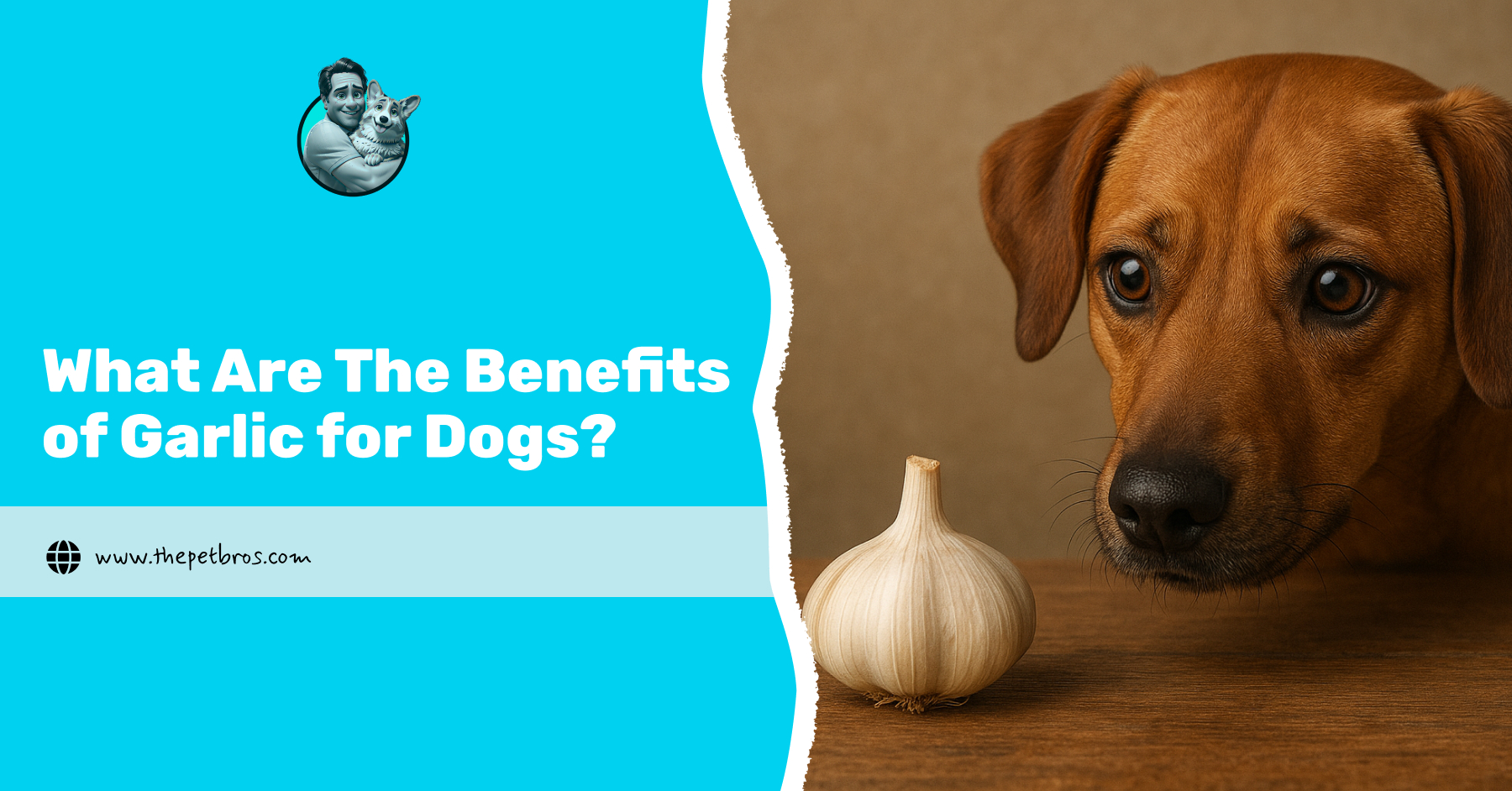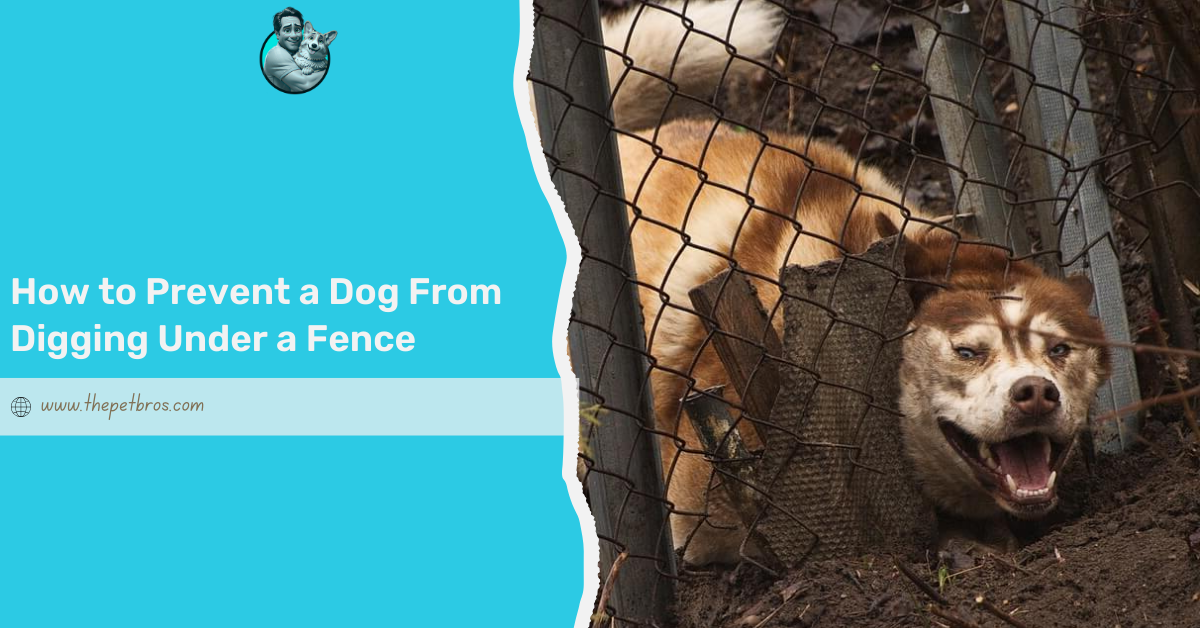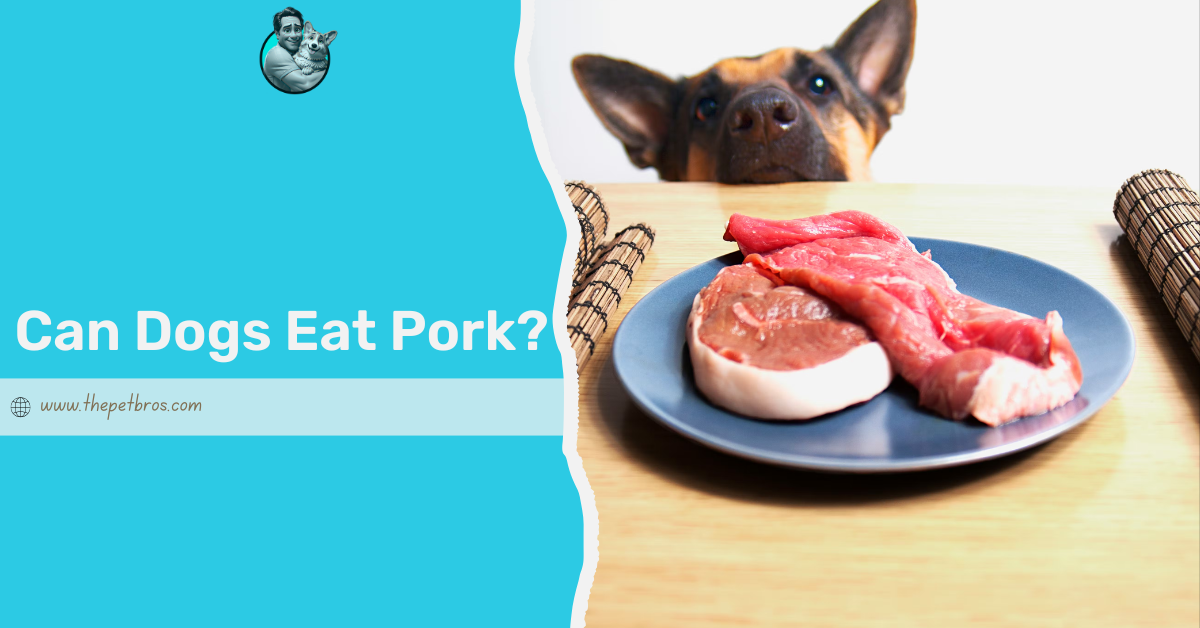If you’ve been curious about the benefits of garlic for dogs, you’re not alone. Garlic is praised for its health benefits in humans, and some people even use it as a natural remedy for all sorts of things. So it’s no surprise that many dog owners have started wondering whether garlic might offer similar benefits for their pets, and if it is one of the best vegetables for dogs.
However, there’s a lot of conflicting information out there regarding the benefits of garlic for dogs. Some claim that garlic can help with everything from boosting immunity to repelling fleas, while others insist it’s outright dangerous.
With so much confusion, it can be hard to know what to believe. In this blog, we’ll take a closer look at why garlic has gained a reputation for being beneficial, what the science actually says about its safety for dogs, and whether it truly belongs in your dog’s bowl.
First, What Are the Claimed Benefits of Garlic for Dogs
While the benefits of garlic for dogs are often talked about in blogs and holistic pet spaces, they mostly remain anecdotal. Some suggest garlic may help with immune support and heart health because it contains natural compounds like allicin. Others believe it offers mild antibacterial or antifungal effects and may even play a role in repelling ticks and fleas naturally.
Holistic practitioners sometimes say garlic can assist with detoxifying the body or boosting overall wellness when given in controlled, tiny portions. But we must remember that these claims haven’t been strongly backed by veterinary research. So while there’s plenty of buzz about the benefits of garlic for dogs, the science behind them is still quite limited. Always approach these claims with care and ask your vet before trying anything new.
Safe Ways to Add Garlic to Your Dog’s Diet
Now, we can say that the potential benefits of garlic for dogs can only be explored safely under close supervision and with strict portion control. One important rule is to use only fresh garlic. Garlic powders, seasonings, and flavoured products often contain additives or concentrated compounds that increase the risk of toxicity.
Cooked garlic is generally preferred over raw, as it tends to be gentler on a dog’s digestive system. Even then, the amount should be very small. For a medium-sized dog, this could mean no more than a quarter of a clove. Introduce garlic slowly and never without first consulting your vet. It should never be given to puppies, senior dogs, or dogs with existing health conditions like anaemia, liver issues, or digestive problems.
Can Garlic Be Dangerous for Dogs?
Despite the ongoing debate, the potential risks of garlic for dogs are very real. Garlic belongs to the allium family, which includes onions, leeks, and chives, all vegetables. These foods contain compounds that can damage a dog’s red blood cells, leading to a condition called haemolytic anaemia. This kind of damage does not always show up immediately. In fact, symptoms can take several days to appear after a dog eats garlic.
Some of the warning signs include vomiting, diarrhoea, lethargy, rapid breathing, and a pale appearance in the gums. In serious cases, dogs may collapse or need emergency veterinary treatment. The risk increases significantly with garlic supplements or extracts, which contain concentrated amounts of the plant. Unlike fresh garlic, these forms make it much easier to accidentally give a toxic dose.
While the benefits of garlic for dogs are often highlighted in holistic communities, they must be weighed against the risk of toxicity. For some dogs, even a seemingly small amount can lead to major health problems. The danger is particularly high for small breeds and dogs with pre-existing health issues. If you’re unsure, it’s safer to leave garlic off the menu entirely.
What Veterinary Experts Say About Garlic for Dogs
Veterinary professionals remain cautious when it comes to recommending garlic for dogs. While some natural pet care advocates speak highly of its possible health benefits, most vets are guided by research and real-world clinical cases. They have been clear in advising against garlic, citing its proven link to toxicity in dogs. This position is backed by countless veterinary organisations and toxicology experts. Even small amounts, given regularly, can build up in a dog’s system and cause problems over time.
Vets often see cases where well-meaning owners give garlic as a natural remedy, only for their pets to end up needing treatment. This is especially common when owners use garlic supplements or powdered forms, which are much more concentrated than fresh cloves.
It is also important to note that garlic is not approved by the Food and Drug Administration (FDA) as a safe dietary supplement for pets. Safer alternatives exist for almost every condition that garlic is said to improve. For example, there are specially formulated flea repellents, immune boosters, and detox supplements designed just for dogs. With so many proven, pet-safe options available, many vets feel there is no need to take the risk.
What to Do If Your Dog Eats Too Much Garlic
If your dog has eaten garlic, the first step is not to panic but to act quickly. Even if the amount seems small, it is important to keep a close eye on your dog’s behaviour and physical condition over the next few days. Symptoms of garlic poisoning do not always appear right away.
Look for signs such as vomiting, diarrhoea, fatigue, or changes in appetite. Some dogs may also develop pale gums, an elevated heart rate, or weakness in their limbs. These can be signs of damage to the red blood cells, which garlic can cause when eaten in toxic amounts.
You should contact your vet as soon as possible, even if your dog appears fine. They may ask you to bring your pet in for blood tests to check for anaemia or other internal effects. It is always better to be cautious rather than wait for symptoms to become severe.
In more serious cases, your dog might need to stay at the animal hospital for treatment, such as fluid therapy or other support. With prompt care, most dogs recover fully, but early attention makes a big difference in the outcome.
Conclusion
Garlic is often praised for its healing powers in humans, but when it comes to dogs, the story is more complex. While some believe there are benefits of garlic for dogs in very small, controlled amounts, the risks are real and well-documented. It can be tempting to try natural remedies, but safety should always come first. If you are ever unsure, it is best to leave garlic out of your dog’s bowl and talk to your vet about safer alternatives. Your dog’s health is worth that extra bit of care.
Frequently Asked Questions
How much garlic is safe for dogs?
Only tiny quantities are considered safe, and even then, only under veterinary guidance.
Why is garlic toxic for dogs?
Garlic can harm red blood cells and cause anaemia, which may become life-threatening.
Can garlic help with fleas in dogs?
Some believe garlic repels fleas, but no scientific studies confirm it is safe or effective.
What should I do if my dog eats garlic?
Call your vet right away and monitor your dog closely for any unusual signs.














